For decades, pursuing a prestigious degree meant a one-way ticket to the West. The United States, United Kingdom, Canada, and Australia stood as the undisputed giants of international education, drawing millions of students eager to secure world-class credentials and global career opportunities. But the equation is shifting.
A growing number of students are rethinking the cost-benefit ratio of traditional Western degrees. Skyrocketing tuition fees, tightening visa policies, and economic uncertainty are forcing families to reassess whether the promise of a Western education still justifies the financial and bureaucratic burden. Meanwhile, Asia and the Middle East are rewriting the playbook.
Nowhere is this transformation more pronounced than in Singapore, an emerging education powerhouse that blends academic excellence with career mobility. With top-ranked universities, a thriving business ecosystem, and student-friendly visa policies, Singapore is taking the lead in challenging Western dominance. Alongside China and the UAE, it represents a new breed of global education hubs, offering a compelling mix of affordability, industry integration, and forward-thinking policies that are reshaping the future of overseas education.
As competition heats up, universities, policymakers, and brands that cater to international students must rethink their strategies. The question is no longer just where students want to study – but why they are making the choices they do.
The Changing Cost-Benefit Equation
Higher education has long been a high-stakes investment. For many international students, the promise of a Western degree once justified the steep price tag. But with tuition fees in the US, UK, Canada, and Australia climbing to unsustainable levels, students and their families scrutinise the return on investment like never before.
In the US, international students at public universities pay an average of $25,000 to $45,000 per year, while private institutions often exceed $50,000, excluding accommodation, healthcare, and living expenses. In the UK, tuition for international students at top universities can soar past £40,000 ($48,000) per year, with no government-imposed caps. Australia, long favoured for its post-graduation work opportunities, is now grappling with rising tuition, housing shortages, and surging living costs, making it an increasingly expensive choice.
Enter Singapore, China, and the UAE – education hubs delivering world-class degrees at a fraction of the cost. Singapore’s National University of Singapore (NUS) and Nanyang Technological University (NTU) consistently rank among the world’s top institutions, yet tuition for international students remains significantly lower than Ivy League counterparts. Scholarships, tuition grants, and government-backed funding programs make higher education in Singapore accessible and financially strategic.
In China, universities like Tsinghua and Peking have climbed global rankings, while the Chinese government’s Belt and Road scholarships actively attract students from Africa, South Asia, and beyond. The UAE, home to branch campuses of NYU, Sorbonne, and London Business School, has positioned itself as a high-quality, English-language alternative with generous government incentives for international students.
As education costs in the West continue to rise, emerging destinations capitalise on the shift, offering students a degree without decades of debt.
Policy Shifts and Post-Graduation Pathways
For years, a Western degree came with an unspoken promise – better job prospects and a pathway to residency. That promise remains intact for many, but shifting immigration policies make it harder for international graduates to stay and work.
The United States has seen a rise in international enrollments, largely fueled by a 35% surge in Indian students, making them the largest international student group. While the US remains a dominant player, visa uncertainties and work restrictions discourage students looking for long-term career stability. The H-1B visa process remains a bottleneck, with thousands of applicants vying for limited approvals, leaving many graduates in limbo.
In the United Kingdom, strong international enrollments have been driven by reintroducing the two-year post-study work visa. However, the government is now considering stricter immigration rules, requiring foreign graduates to secure graduate-level jobs to remain in the country. If implemented, this could impact future enrollment growth, particularly among students seeking greater flexibility in post-study employment.
Meanwhile, Singapore is capitalising on these uncertainties. Unlike Western nations tightening post-study work rules, Singapore has designed a system that encourages international graduates to stay and contribute to its economy. The Employment Pass (EP) and Work Holiday Pass (WHP) offer clear pathways for students from Singaporean universities to transition into the workforce, with government-backed programs actively matching talent with in-demand industries.
China and the UAE are adopting similar strategies. China’s streamlined visa policies allow international graduates to enter its booming technology, finance, and manufacturing sectors more easily. The UAE’s long-term visa programs, including the Golden Visa, offer foreign graduates a 10-year residency option without employer sponsorship, making it an attractive alternative to the rigid visa pathways in the West.
While US and UK universities continue to attract students, the future is uncertain. As governments debate tighter immigration laws, new education hubs actively seek international talent, proving that higher education can lead directly to job opportunities, not just academic knowledge.
The Appeal of Regional Job Markets
A degree is no longer just about prestige; it’s about where it leads. For international students, post-graduation employment prospects are as crucial as the quality of education itself. Once seen as the gold standard for job opportunities, Western economies face rising unemployment, labour market saturation, and increasingly complex work visa requirements. In contrast, emerging education hubs are positioning themselves as direct gateways to thriving regional job markets.
Singapore has perfected this model. As a global financial and technology hub, it offers international graduates seamless entry into industries ranging from fintech and artificial intelligence to biomedical sciences and logistics and government-backed programs such as the Global Investor Program and Tech.Pass encourage skilled professionals to remain in the country, reinforcing Singapore’s reputation as an education destination that delivers on employability.
China’s rapid economic expansion has also turned its job market into a magnet for international talent. With companies like Huawei, Tencent, and Alibaba aggressively recruiting global professionals, demand for multilingual and culturally agile graduates is soaring. The UAE, leveraging its status as a business and innovation hub, attracts students looking to enter sectors like renewable energy, aviation, and financial services.
In contrast, graduates in Western nations face mounting challenges. The UK job market remains fiercely competitive, with international students often struggling to secure employer sponsorship. In the US, the H-1B visa process remains a bottleneck, with thousands of applicants vying for a limited number of approvals.
As global talent pipelines shift, students are making decisions based not only on the quality of education but on the likelihood of landing a job in a fast-growing economy. Emerging hubs aren’t just offering degrees – they’re offering futures.
Academic Excellence Beyond the West
Western universities have been the undisputed leaders in global education rankings for decades. But as higher education landscapes evolve, institutions in Asia and the Middle East are rapidly closing the gap. Fueled by aggressive government investment, industry collaboration, and cutting-edge research, these emerging education hubs prove that academic excellence is no longer exclusive to the West.
Singapore stands at the forefront of this shift. The National University of Singapore (NUS) and Nanyang Technological University (NTU) consistently rank among the world’s top universities, surpassing many traditional Western institutions in research output and employer reputation. With strong ties to global corporations, these universities offer curricula that blend academic rigour with real-world application – an approach that has made Singapore a magnet for students seeking both knowledge and career mobility.
China is playing a similar game, with institutions like Tsinghua University and Peking University rising rapidly in international rankings. The Chinese government has poured billions into initiatives such as Project 985 and Double First-Class, elevating its universities into globally competitive research powerhouses. Breakthroughs in AI, quantum computing, and biotech are placing Chinese institutions at the cutting edge of innovation, making them increasingly attractive to students seeking access to world-class research facilities.
The UAE is taking a different approach, positioning itself as a global education hub through international partnerships. Dubai and Abu Dhabi host branch campuses of top Western universities, including NYU, Sorbonne, and MIT, offering students a Western-style education at a lower cost and with access to the region’s booming job market.
As emerging hubs climb the academic ranks, Western universities face a stark reality: prestige alone is no longer enough. The future of higher education belongs to institutions that can deliver both academic excellence and a direct pathway to global career opportunities.
Xiamen University offers a compelling example of how Chinese institutions attract international students by expanding beyond national borders. Its success underscores the growing appeal of Asian universities in global higher education.
Case Study: How Xiamen University Became a Magnet for International Students
Image Credit: Nature
Background
Founded in 1921, Xiamen University (XMU) has long been a powerhouse of higher education in China. While initially attracting students from Southeast Asian Chinese communities, XMU sought to expand its global presence and position itself as a leading destination for international students. By the early 2010s, with China’s growing influence in global education, the university recognised an opportunity to reach a broader audience by extending its footprint beyond its home country.
Strategies
- Establishing an International Campus – In 2015, XMU launched Xiamen University Malaysia (XMUM), making history as the first large-scale overseas branch of a Chinese university. This strategic move placed XMU at the heart of Southeast Asia, where demand for internationally recognised degrees was rising.
- Building Global Partnerships – The university strengthened collaborations with over 300 universities worldwide, increasing its appeal to international students and integrating more exchange programs.
- Leveraging Cultural Soft Power – XMU expanded its global outreach through 16 Confucius Institutes across 13 countries, promoting Chinese language and culture, which attracted students interested in China’s economic and educational rise.
- Offering Competitive Tuition and Scholarships – Compared to Western institutions, XMU positioned itself as a high-quality, cost-effective alternative, with tuition significantly lower than universities in the US, UK, and Australia. Government-backed scholarships further incentivised international enrollment.
Outcomes
- Rapid Enrollment Growth – XMUM now hosts thousands of international students, making it a major higher education hub in Malaysia. XMU’s main campus in China has also seen rising international applications.
- Stronger Regional Influence – By planting its flag in Malaysia, XMU increased China’s educational reach in Southeast Asia, providing local students with access to Chinese-style education without relocating to China.
- A Sustainable Pipeline for Talent – The university’s emphasis on cross-border collaboration and industry integration has created direct pathways for students to enter China’s booming economy, particularly in technology and finance.
By strategically expanding beyond China’s borders, Xiamen University has redefined how Chinese institutions attract international students. Its success underscores a growing trend – students are looking beyond the West for globally relevant, cost-effective, and career-driven education. As competition in international higher education intensifies, XMU’s approach offers a playbook for universities seeking to adapt to this shifting landscape.
Cultural and Lifestyle Factors
Education is more than just academics. It’s an immersive experience shaped by culture, environment, and quality of life. For decades, students viewed Western countries as the ultimate destinations for international exposure. But as the cost of living in cities like London, New York, and Sydney skyrockets, students are reconsidering where they can thrive academically and personally.
Singapore has become a top choice for students seeking a balance between global connectivity and cultural familiarity. As one of the world’s safest and most efficient cities, it offers a seamless experience for international students. English is the primary language of instruction, and the country’s status as a melting pot of Asian and Western influences makes cultural adaptation easier. With a modern infrastructure, world-class public transport, and a strong emphasis on quality of life, Singapore offers the many advantages of Western cities – without the same financial burden.
China’s appeal lies in its sheer scale and economic power. Cities like Shanghai and Beijing are global business hubs, offering students exposure to a rapidly growing economy. Universities have also introduced more English-language programs, making education more accessible to international students. However, cultural differences and language barriers can still pose challenges for those unfamiliar with the region.
The UAE, particularly Dubai and Abu Dhabi, is emerging as an attractive alternative for students looking for a cosmopolitan lifestyle with strong job market integration. With a significant expatriate population, a thriving business ecosystem, and branch campuses of top Western universities, the country provides a high-standard education with fewer cultural barriers than some Asian destinations.
As students weigh their options, the decision is no longer just about where they can get the best degree; it’s about where they can build a future. Emerging education hubs prove that world-class learning experiences don’t have to come with the financial strain and cultural adjustment challenges often associated with Western universities.
The Future of Global Education Mobility
International education is undergoing a rapid transformation. Students weigh their options differently, prioritising affordability, job prospects, and policy stability over institutional prestige. Universities and governments that fail to adapt risk losing their global appeal.
Singapore is setting the pace. Its universities integrate AI-driven learning with industry collaborations, ensuring graduates are workforce-ready. Strategic alliances with institutions like MIT and Imperial College London further cement its status as an education hub with real-world impact.
China is leveraging its technological dominance to reshape academia. Personalised AI learning, blockchain-based credentials, and virtual classrooms are becoming standard. With aggressive international recruitment and rising global rankings, Chinese universities are drawing students once bound for the West.
The UAE is taking a different route, positioning itself as a transnational education hub. By hosting top Western universities and embedding research and innovation into its academic framework, it is creating a direct pipeline from study to employment in high-growth industries.
Meanwhile, Western institutions face mounting challenges. Rising tuition costs, visa hurdles, and uncertain post-study work opportunities force students to reconsider traditional destinations. The US and UK still attract strong international enrollments, but growth is driven by specific demographics – primarily Indian students in the US – while immigration policy debates threaten long-term stability.
The power dynamics in global education are shifting. Emerging hubs offer a compelling alternative: lower costs, stronger career pathways, and policies that welcome international talent. The future will belong to the nations and institutions that recognise this new reality and evolve with it.
Get regular insights
Keep up to date with the latest insights from our research as well as all our company news in our free monthly newsletter.
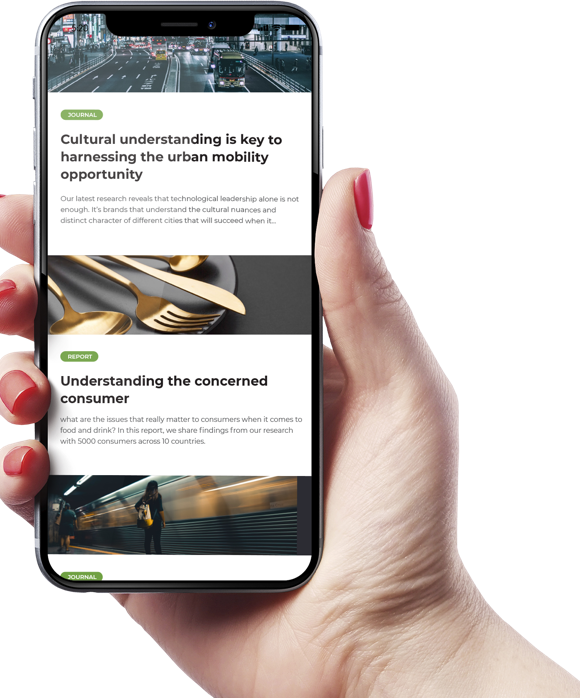





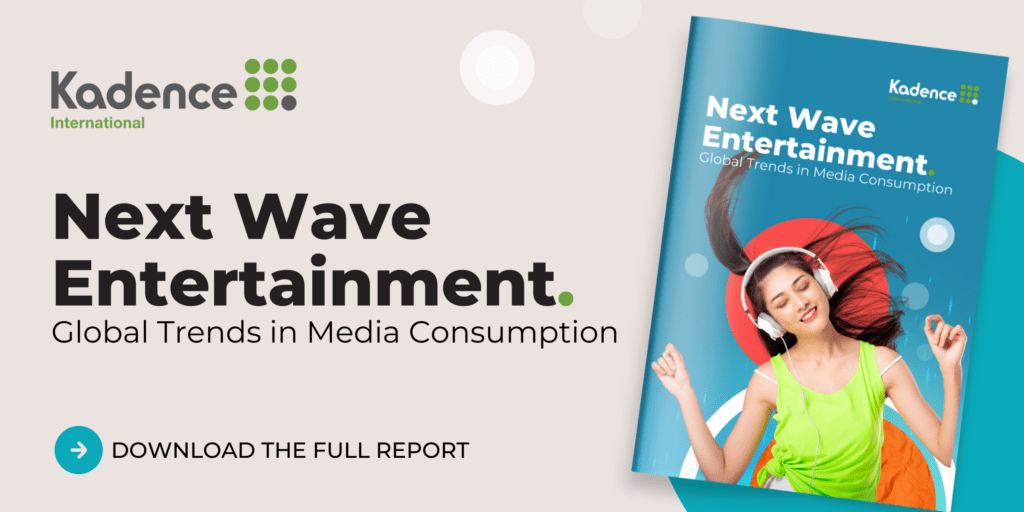
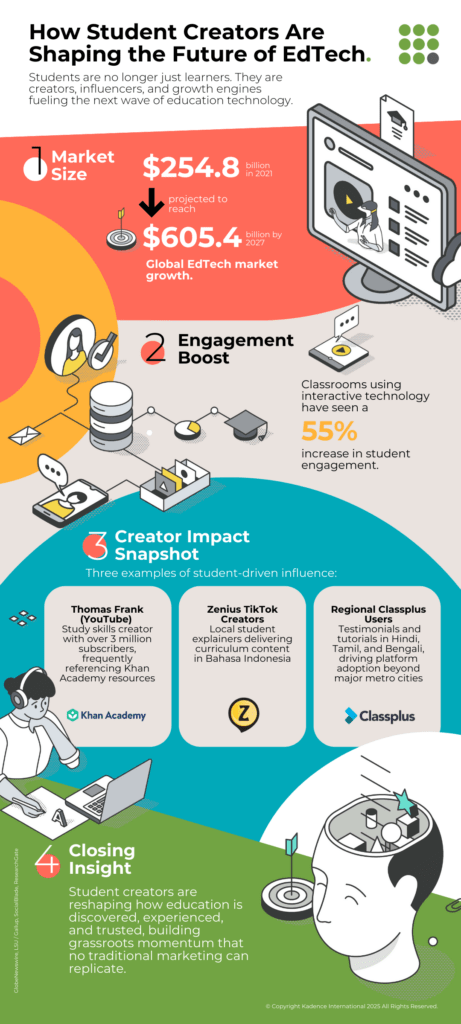
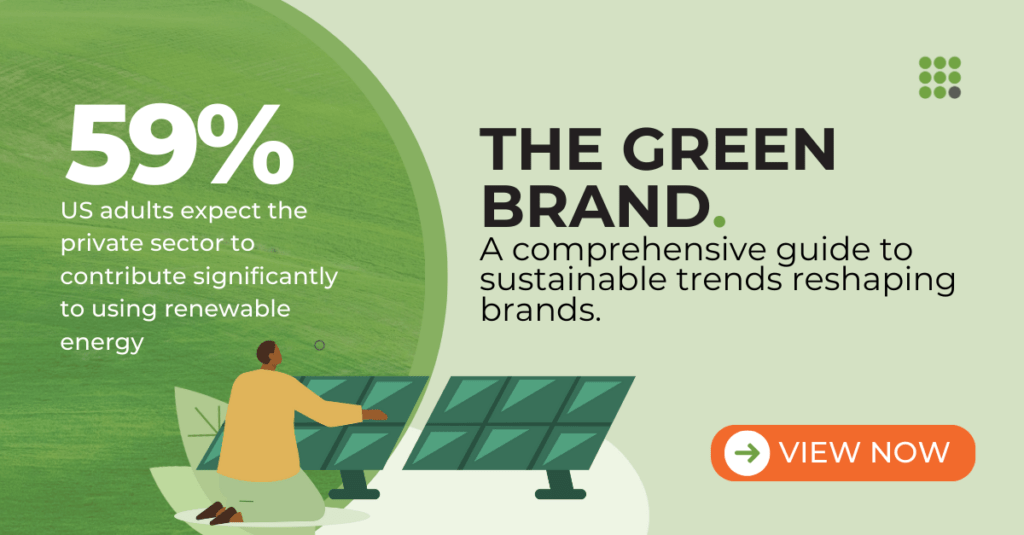



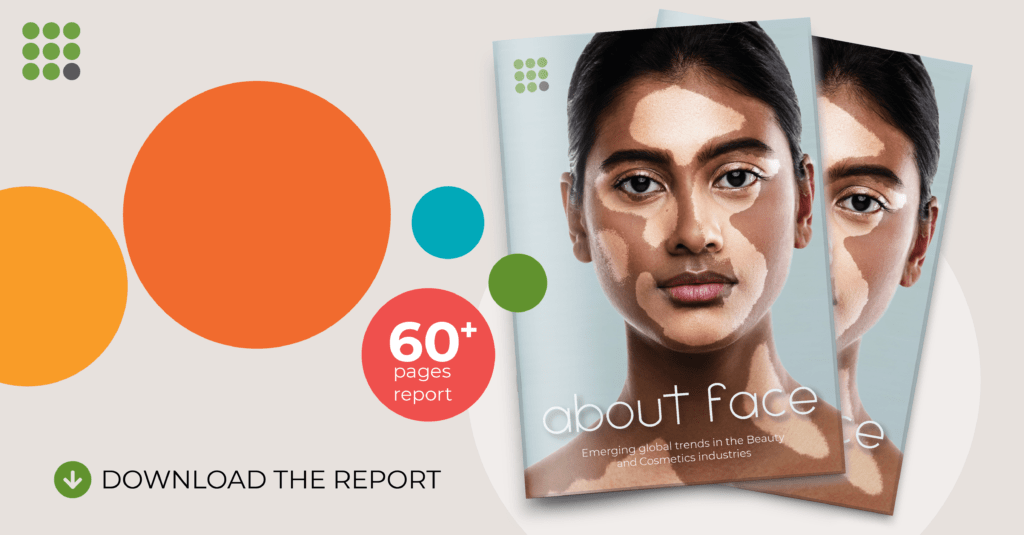







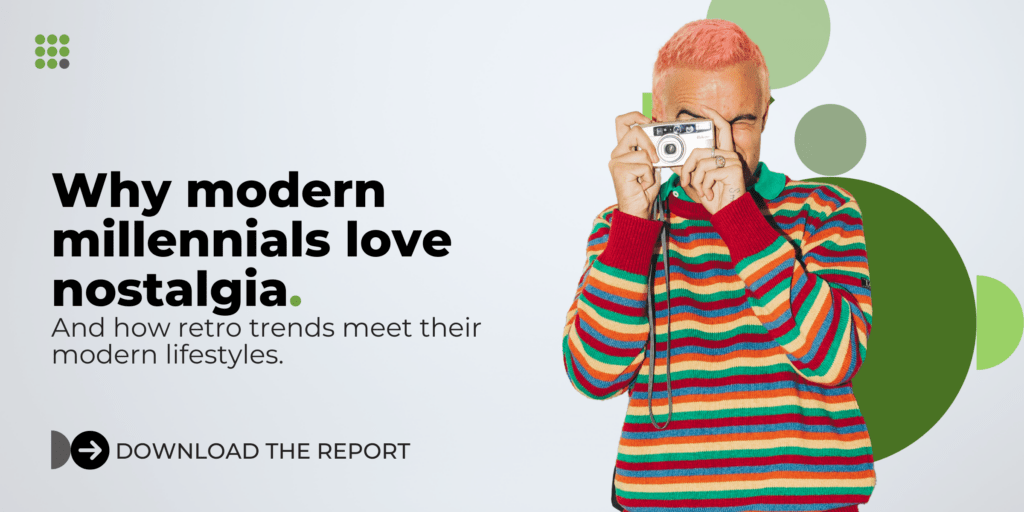

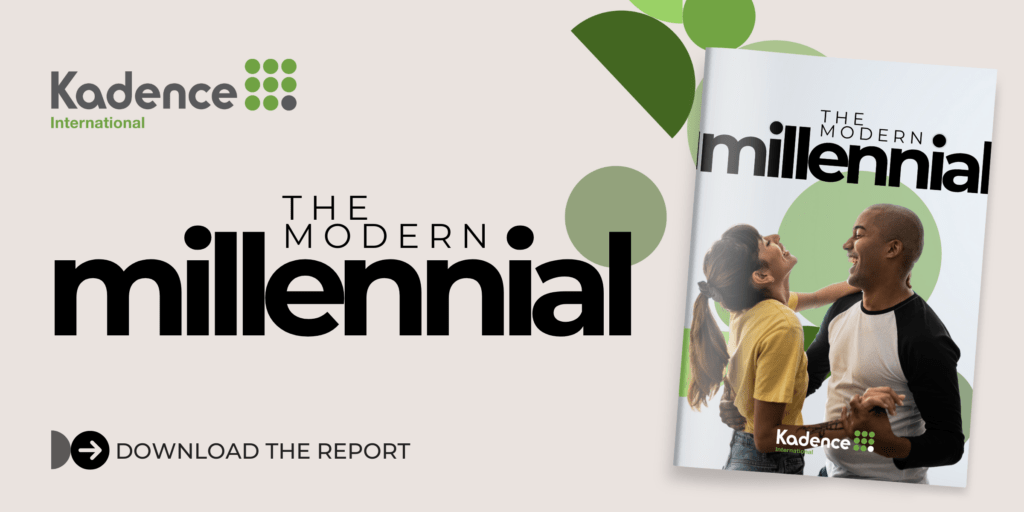

 Senior Marketing Executive
Senior Marketing Executive Sales & Marketing
Sales & Marketing General Manager PR -Internal Communications & Government Affairs
General Manager PR -Internal Communications & Government Affairs Vital Strategies
Vital Strategies
 Customer Intelligence Director
Customer Intelligence Director